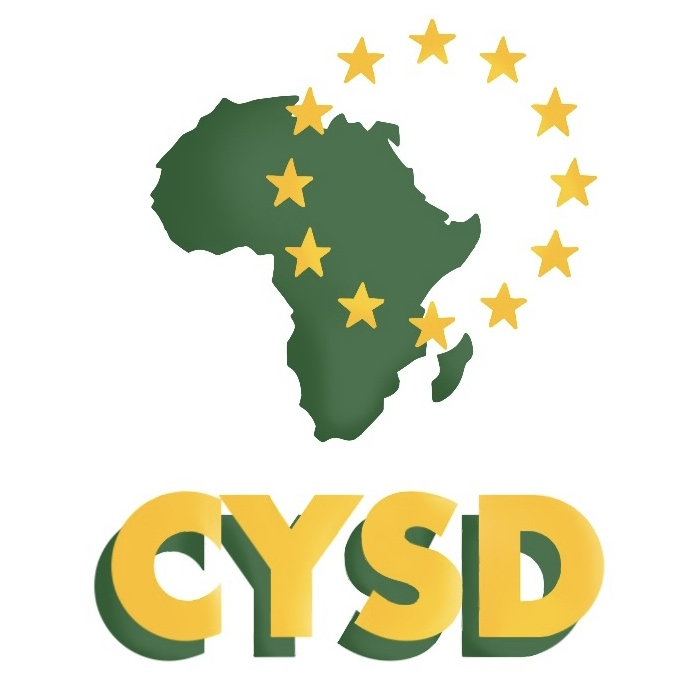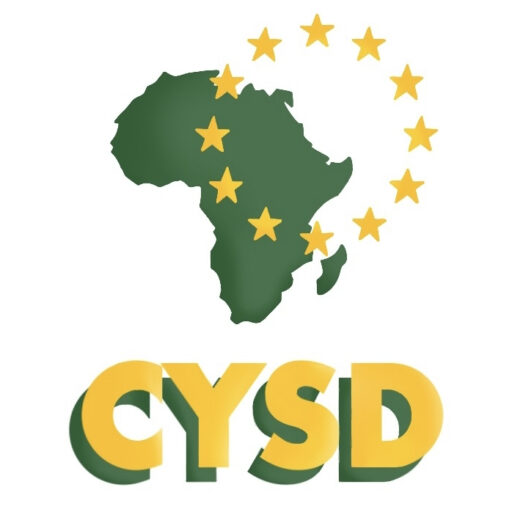Area
Social
Summary (description and reason to be)
This project is a non-profit initiative based in Kisumu County, Kenya. It aims to support street-connected children, women, and youth through education using sports as a key tool. The organization has been successful in impacting over 400 street-connected families within 86 weeks, promoting behavior change, reintegration, and economic empowerment. Their objectives include character development, street rescue, and rehabilitation, with a focus on environmental awareness, drug abuse prevention, peacebuilding, and crime reduction. The project applies sports-based non-formal education to impart life skills and foster personal growth. Additionally, they engage in environmental conservation projects, including workshops on creating products from waste materials, recycling, and tree planting. The organization collaborates with local and international partners and institutions for support and resource mobilization.
Target: Vulnerable Group (VG) and/or type of community
The target group for this project includes street-connected children, vulnerable women, disadvantaged youth in need of rehabilitation, and vulnerable families living in informal settlements in Kisumu County, Kenya. Additionally, the project aims to benefit the wider community in the western region of Kenya by promoting social transformation, environmental awareness, and crime reduction through sports-based education and empowerment initiatives.
Objectives
The objectives of this project are to offer education through sports to support street-connected children, women, and youth during their rehabilitation process. The focus is on character development, street rescue, and reintegration, with the aim of improving the knowledge and skills of rehabilitated youth and women and linking them to opportunities. The project also seeks to address issues of environmental awareness, drug abuse, peacebuilding, and crime reduction.
Requirements
To achieve its objectives, the project requires resources both locally and internationally. It needs support from various stakeholders, including NGOs, government institutions, learning institutions, religious organizations, local football clubs, and other local partners. Additionally, it requires funding, materials for sports and workshops, educational resources, and experienced staff and volunteers.
Performance procedures
The project applies sports-based non-formal education to develop key competencies among the target group. It plans and prepares the educational process, sets clear, realistic, and measurable outcomes, and assesses the impact of sports-based interventions on behavior change, reintegration, and economic empowerment.
Activities
The activities of the project include conducting sports sessions such as football, volleyball, athletics, and taekwondo, along with general mind recreation games. It also organizes workshops to teach the target group how to create products from waste materials and engages in environmental education and social responsibility activities like cleanups, recycling, waste management, segregation, and tree planting.
Results
The project has achieved notable successes since its inception, including behavior change in over 100 youth actively involved in sports, reintegration of more than 30 children back into homes and schools, and economic empowerment of over 50 youth through entrepreneurial and craft training, alongside business startup kits.
Strengths
The project’s strengths lie in its effective use of sports as a tool for education and empowerment, its collaboration with local and international partners, and its successful engagement with the community, which includes over 300 young volunteers and 40 local organizations.
Weaknesses
Some weaknesses of the project include potential challenges in resource mobilization, sustainability, and scalability. It faces difficulties in maintaining long-term support for its target group, especially if funding becomes insufficient.
Difficulties or constrains for its implementation
Challenges for implementing the project include dealing with the complex social issues faced by street-connected children, women, and youth, as well as the need for ongoing support to ensure successful rehabilitation and reintegration.
CRITERIA actors or stakeholder are using to assess it as a “good practice”
Stakeholders assess the project as a “good practice” based on its ability to create tangible and measurable positive outcomes for the target group, its effectiveness in behavior change, reintegration, and economic empowerment, as well as its sustainable environmental initiatives and community engagement.
Year and length (duration)
The project was established in August 2020 and has been ongoing for more than 86 weeks
Comments (additional info, remarks)
Overall, the project has shown promising results in its relatively short duration. Its focus on education through sports and environmental conservation has had a positive impact on the target group and the wider community. However, to ensure continued success, it may require continuous evaluation, addressing potential weaknesses, and securing long-term support from stakeholders

